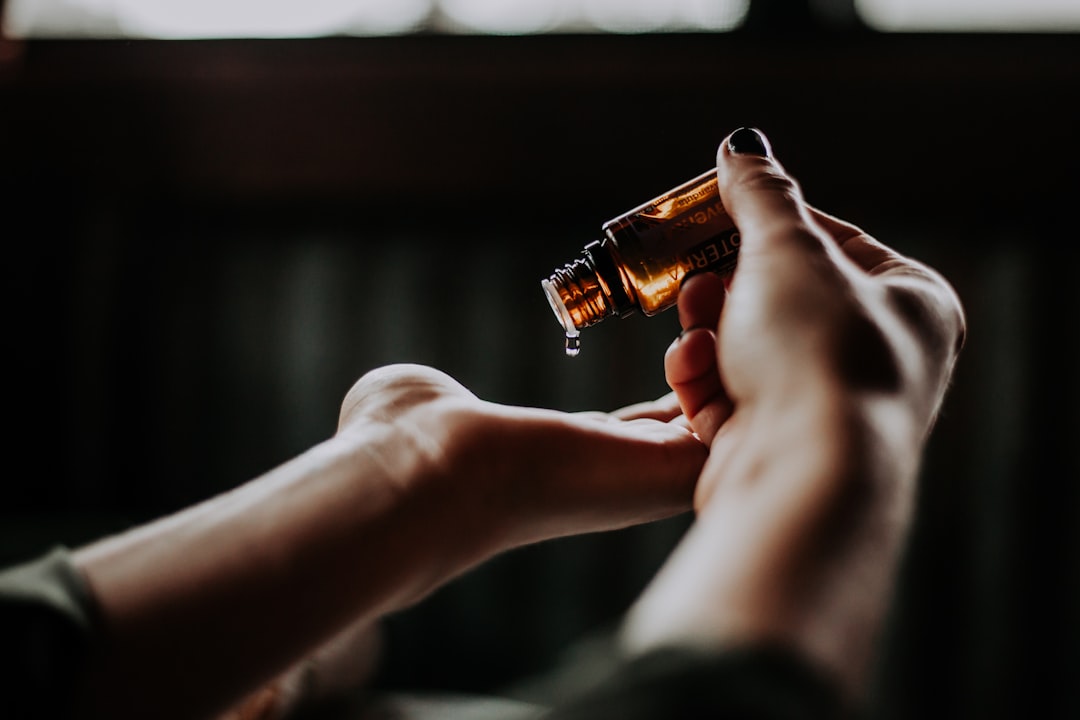
Unlocking Vitality: Revitalize Your Life with Restorative Movement Techniques
In our fast-paced world, it’s easy to overlook the importance of restorative movement techniques for enhancing vitality and overall well-being. This guide explores the principles of restorative movement and how it can transform your life, providing actionable strategies to incorporate into your daily routine.
Understanding Restorative Movement
Restorative movement refers to gentle practices that promote recovery, relaxation, and rejuvenation for both the body and mind. Unlike high-intensity workouts, restorative techniques focus on alignment, breath, and mindful movement that can help reduce stress, improve flexibility, and enhance overall health.
Benefits of Restorative Movement
Recent research underscores the importance of restorative movement for physical and mental health. Here are some key benefits:
#1. Stress Reduction
Studies show that restorative practices can significantly lower cortisol levels, the hormone associated with stress. Engaging in mindful movements helps activate the parasympathetic nervous system, promoting relaxation.
#2. Enhanced Flexibility
Gentle stretching and movement improve flexibility, reducing the risk of injury in daily activities and enhancing performance in other physical pursuits.
#3. Improved Mental Clarity
Mindful movement fosters a deeper connection between the body and mind, leading to improved focus and mental clarity. This is especially beneficial for those dealing with anxiety or overwhelming stress.
#4. Pain Relief
Restorative techniques can help alleviate chronic pain by addressing muscle tension and promoting better posture and alignment.
Key Restorative Movement Techniques
Yoga
Yoga is one of the most popular restorative movement practices. Techniques such as Hatha or Yin Yoga focus on long-held postures and deep breathing, allowing the body to relax and restore.
Tai Chi
Tai Chi combines slow, deliberate movements and mindfulness, which can improve balance, flexibility, and mental clarity. It’s often described as “meditation in motion,” making it ideal for stress relief.
Feldenkrais Method
This method emphasizes awareness and gentle movement to enhance physical functioning. It teaches individuals to recognize and release tension in the body, improving overall mobility.
Qigong
Qigong involves rhythmic movements, controlled breathing, and meditation. It is known to improve energy flow in the body and promotes relaxation and healing.
Practical Strategies for Daily Life
Incorporating restorative movement into your daily routine doesn’t have to be overwhelming. Here are some practical strategies:
1. Start Small
Begin with just five to ten minutes of restorative movement each day. Gradually increase the duration as you become more comfortable.
2. Create a Dedicated Space
Set up a calming area in your home where you can practice. Use soft lighting, comfortable mats, and soothing music to enhance the experience.
3. Incorporate Breathing Exercises
Pair your movements with deep, conscious breaths to maximize relaxation. Techniques such as diaphragmatic breathing can help focus your mind and reduce stress.
4. Listen to Your Body
Pay attention to how your body feels during each movement. If something feels uncomfortable, don’t push through it—modify the movement or rest as needed.
Common Misconceptions
“Restorative Movement is Only for the Inactive”
Many believe that restorative movement is only for those who are physically inactive or recovering from injury. In reality, it is beneficial for everyone, including athletes looking to enhance recovery and flexibility.
“You Need Special Equipment”
While yoga mats and comfortable clothing can enhance your practice, most restorative movements can be performed without any special equipment. A quiet space is often all you need.
Encouragement for Your Wellness Journey
Starting a restorative movement practice can feel daunting, but remember that every small step counts. Celebrate your progress, no matter how small, and be patient with yourself as you cultivate this new habit.
Further Reading and Resources
To deepen your understanding of restorative movement techniques, consider exploring the following resources:
Incorporating restorative movement techniques into your life can lead to profound improvements in your physical and mental well-being. Embrace this journey towards vitality and well-being, and remember to share your experiences with others. Together, we can prioritize health and wellness in our lives.


